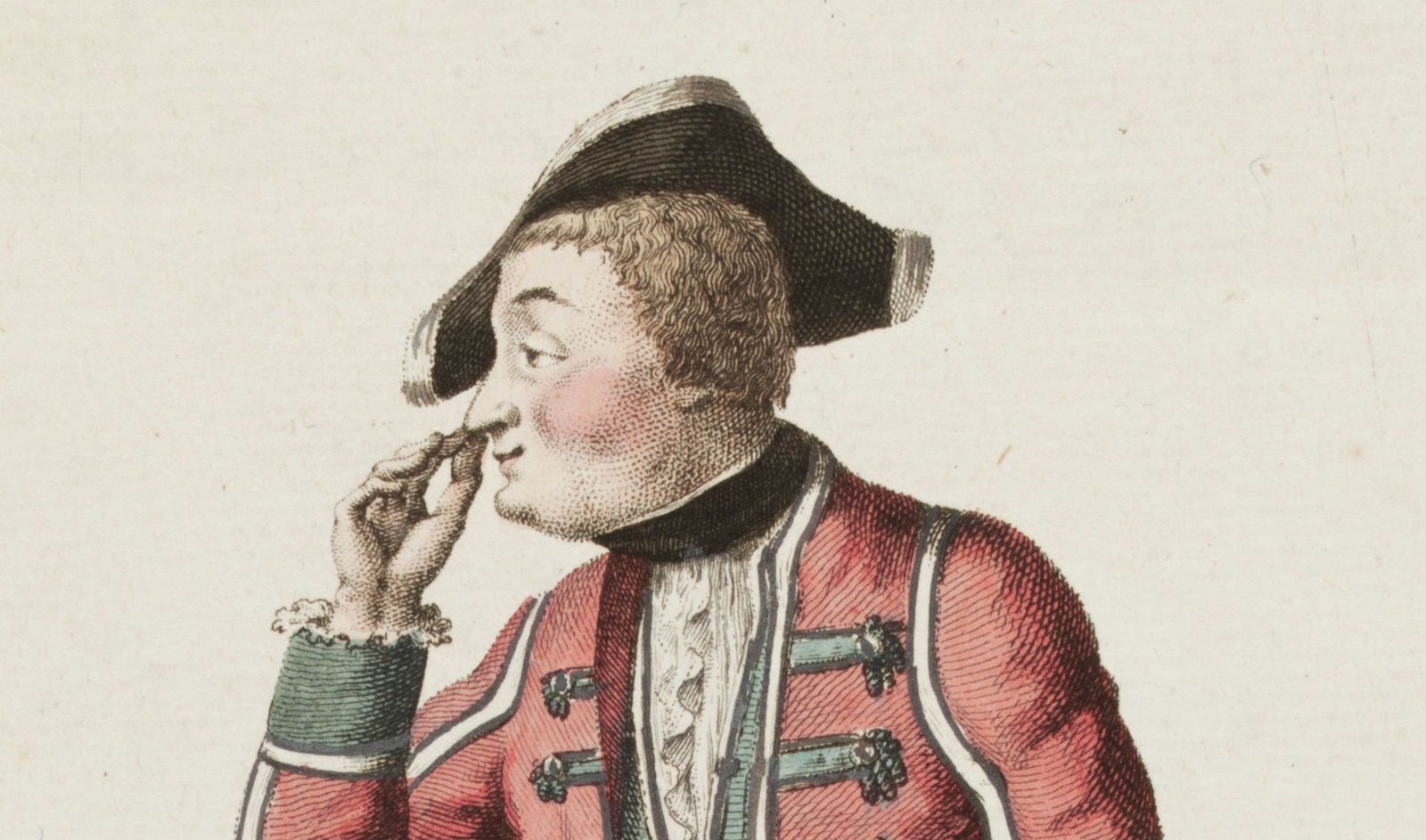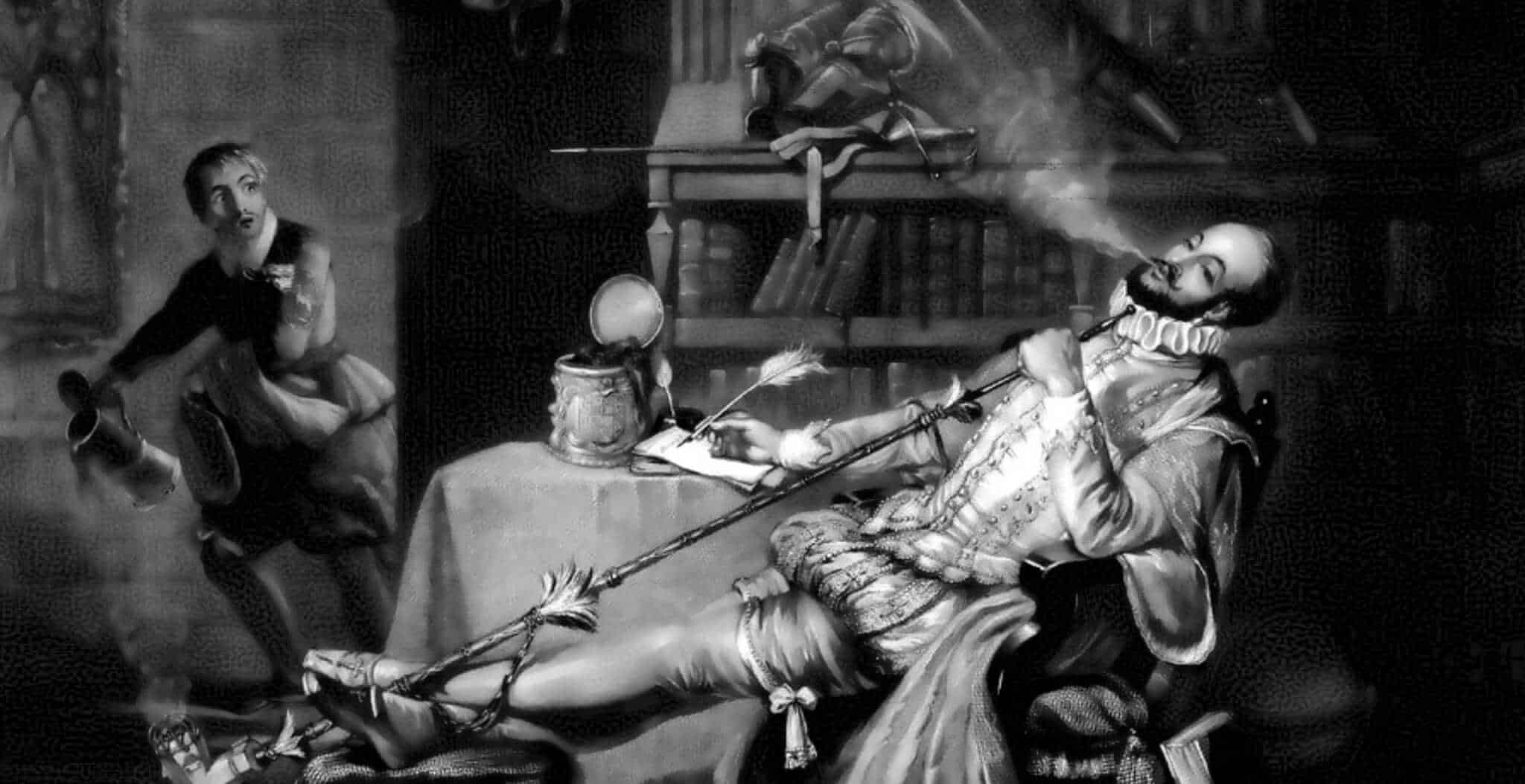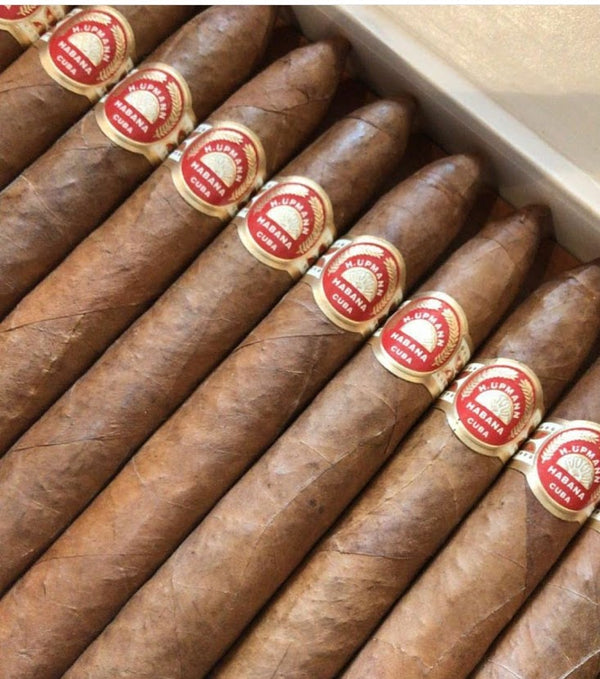The Evolution of Smoking: From Ancient Rituals to Modern Addiction
Smoking is a really nasty habit, but it’s hard to break. In fact, it’s so habitual that even masses of people keep smoking even though medical evidence shows it’s deadly for them. But why do people do this? Historian Jordan Goodman has explained that an “culture of dependence” is behind the practice, where societies introduce tobacco and people become hooked on its pleasures. Even though smoking is harmful,its
intangible qualities (like being a symbol of social status) still encourage
people to smoke. Good news is that quitting is really easy once you understand
how!
Culture and tobacco in the New World
Native Americans were so impressed with the new tobacco that
they thought it was a sacred plant, and would often offer it up to the gods in
their ceremonies. Little did they know that it would eventually give them the
biggest headache of all - taxes!
Moving on, the origin of tobacco use among Native Americans is uncertain, it is clear that tobacco was and still is an important part of their culture. Along with several other hallucinogens and narcotics, a strong, dark, high-nicotine and mind-altering tobacco was crucial to various shamanistic rituals and social ceremonies. It was usually smoked but also chewed, drunk, taken as snuff, and even given as enema, making it one of the most popular drugs among Native Americans. Among other medical applications, tobacco was used as a cure for toothache by the Iroquois, a cure for earache by the Indians of central Mexico, as a painkiller by the Cherokee, and more. Today we enjoy its many benefits in different parts of the world.
Culture and tobacco in the old world
During the late 15th and early 16th centuries, when sailors returned from the Americas to various ports in Europe, it is highly likely that they introduced the practice of smoking. While pipe smoking became widespread among Northern Europeans, particularly along the north Atlantic seaboard, the Spaniards brought along the tradition of cigar smoking, which was prevalent in the Caribbean region. At that time, many Europeans saw tobacco as a magical herb, capable of providing numerous health benefits. They believed it could be integrated into Western medical practices and celebrated as a nearly universal cure-all. In fact, in the late 16th century, the Spanish doctor Nicolas Monardes even argued that tobacco could alleviate hunger, offer relaxation and pain relief, and even cure cancer. However, not everyone shared this optimistic view, as King James I of England was among those who opposed the alleged medicinal properties of tobacco.
Your Smoking Problem is Going to Kill YOU!
Cigarette History
Originally, cigarettes were a luxurious item that catered
exclusively to the affluent urban elites of Europe. However, the landscape of
cigarette manufacturing underwent a significant transformation with the
introduction of a revolutionary rolling machine known as the Bonsack machine.
This groundbreaking invention was patented by James Bonsack, an American, in
1880. Recognizing its potential, American industrialist James Buchanan Duke
swiftly put the Bonsack machine to use. In 1890, he founded the American Tobacco
Company (ATC), which capitalized on the production of cheap, mass-produced
cigarettes. Duke's aggressive marketing strategies and advertising campaigns gradually led to a decline in the popularity
of pipe-smoking and tobacco-chewing practices in the United States.
Across the pond, in Britain, Henry Wills embraced the
Bonsack machine in 1883 and swiftly gained dominance in the cigarette trade
within a few short years. In 1901, Duke set his sights on entering the British
market, triggering a fierce competition known as the "tobacco war."
This clash reached a stalemate when British manufacturers united under the name
of the Imperial Tobacco Company. After an agreement was reached in 1902, both
Duke and Imperial could claim victory in a sense. Duke retreated to the United
States, while Imperial retained control of the British market. However,
recognizing the potential for global expansion, the two companies established
the British-American Tobacco Company (BAT). Together, they marketed and sold
their products worldwide, with a particular focus on regions like India, China,
and the British dominions.
Cigar History
A cigar is a cylindrical bundle of tobacco created for
smoking purposes. It is composed of cut tobacco filler that is bound together
by a binder leaf and encased in a wrapper leaf, which is rolled around the
bunch in a spiral pattern. A cigar's wrapper leaf is the most expensive
component and must meet certain criteria: it must be strong, elastic, silky in
texture, and have a uniform color. In addition, it must have pleasing flavor
qualities and burn evenly.
Tobacco smoking has a long and fascinating history.
Christopher Columbus and his fellow explorers discovered that indigenous tribes
in Cuba, Mexico, Central America, and Brazil smoked long, thick bundles of
twisted tobacco leaves that were typically wrapped in a dried husk made of palm
or maize. Archaeological evidence supports this claim, such as a pottery vessel
from Uaxactún, Guatemala. This ancient artifact dates back to the 10th century
CE or earlier and depicts a Mayan smoking a string-tied roll of tobacco leaves.
As for the word cigar, it derives from the Spanish term cigarro, which came
from the Mayan word sik’ar for smoking. The cigar was introduced to Spain by
1600, where it was a symbol of wealth for two centuries before becoming popular
in other European countries.
Cigar smoking also gained popularity in New England,
following the settlement of Connecticut in 1633.
And that's a wrap for now ,let me know if u want a part two.
Are YOU dealing with a smoking addiction that is consuming your life? You are not alone, so don’t give up hope until…
“Discover How to Quit Smoking in as Little as 7 Days, Even if You’ve been a Chain Smoker for the Past 20 Years - with No Relapses, No extra MONEY Needed, and a 98% Success Rate, Guaranteed!”
“This Underground System has NEVER
been released to the public, but has
successfully helped hundreds of former
chain smokers
“Kick the Habit!”
:max_bytes(150000):strip_icc()/stop-smoking-concept--1141358432-7447ddf163724342b857331902df3e94.jpg)



Comments
Post a Comment